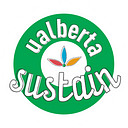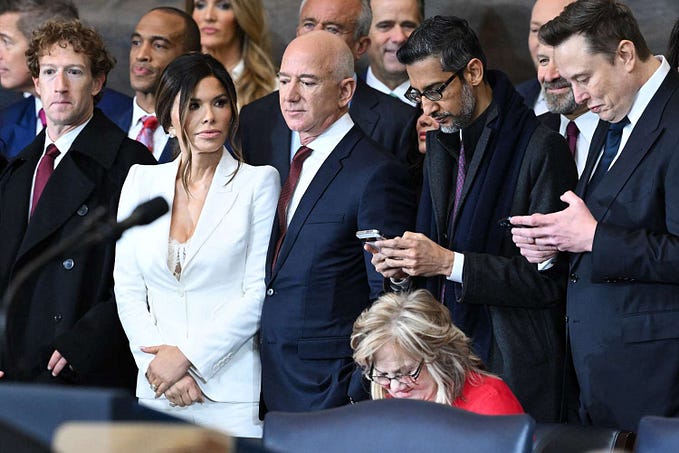
The power is finally on at the campus solar greenhouse
The solar greenhouse is poised to become a new hot-spot for interdisciplinary research and education
Students who led and championed the construction of a campus solar greenhouse, which challenged them to build a prototype designed by Edmonton company Exceed Solar, switched on the project last week.
Soon they will see if its four solar panels have enough power to keep plants alive through an Edmonton winter, sustain an aquaculture pond, maintain a consistent temperature, and more.
“This project will be a valuable contribution to our local economy and to our students,” said Carlos Lange, an Engineering professor who signed on to help guide the project. “It’s a great demo for students. They can fiddle with it, see if they can optimize it for our local climate, and give Exceed Solar feedback. It trains them for a future of sustainable energy, where these skills will be needed.”
Although the power is on at the greenhouse, its solar panels almost didn’t see the light of day, according to Lange.
COVID-19 forced most of the U of A community to work remotely, and faculty interest declined, but Lange’s fascination with the project never wavered
“When we dream of our career as professors and researchers, we have lots of wishes, but then reality kicks in and you only have a limited set of opportunities you have to take,” Lange said. “But I kept looking for opportunities to go back to my original passion which is this transition to green, renewable energy.”

He hopes that this next phase of the project’s life will see renewed interest from the many professors and students in the Faculty of Engineering, Faculty of Science and Faculty of ALES who collaborated to get it operational.
This cross-pollination will lead to new insights for solar-power design, Lange said. However, he also noted that having so many players involved did create challenges.
“With all of these people from different faculties working together as one unit, who owns the project? Who is responsible for it? Which form do you fill out?” Lange said. “The students get credit for bugging us, for insisting. Their enthusiasm motivated us. There was always a risk that if they stopped, the project would stop, because no professor owned the project.”

One of those students, Bachelor of Applied Science in Electrical Engineering graduate Larry Zhong, proposed the solar greenhouse after meeting with the owners of Exceed Solar back in 2019. The campus club that Zhong started, Renewable Energy Design (RED), found the energy to keep the project’s batteries charged over the years.
“I was excited to introduce this idea because I believed it could help the U of A achieve some of its sustainability targets,” Zhong said.
One of the biggest obstacles to finishing the work, Zhong found, was technical: the greenhouse was originally designed to plug into the electrical grid for heating and cooling on freezing and scorching days, but the group couldn’t access a power source.
“We had to change our plan and go with the off-grid system,” Zhong said. “It is equally as fascinating because there’s a lot of room for development.
“Off-grid relies on battery storage, and the battery only has a certain capacity. There’s also issues if you don’t have sun for several days. So being off-grid has drawbacks. But it also has the bright side of being 100 per cent renewable.”
Carlos Lange believes those drawbacks are also opportunities that can drive students and faculty researching the greenhouse to make new discoveries.
He’s looking forward to seeing how all involved find clever ways to improve the heating and cooling systems in the greenhouse, control its humidity, store electricity, and provide the right conditions for plants to grow.
Currently, the team is working on thermal modelling to understand how well the greenhouse traps heat and choosing plants to grow. .
“The beauty of these student-run projects is that they can incur some risks,” Lange said. “It’s an experiment. Nobody is living there, their job doesn’t depend on it, and it helps train them so the next generation is prepared to solve big engineering problems toward this sustainable living environment that we have to move towards. And who knows? Maybe we keep fiddling and come up with a clever idea, and then we can say it contributed to a breakthrough.”
More information about the greenhouse will be available on Monday, Oct. 25 at a virtual symposium.
The solar greenhouse project was funded by a grant provided by Campus Sustainability Grants program.









